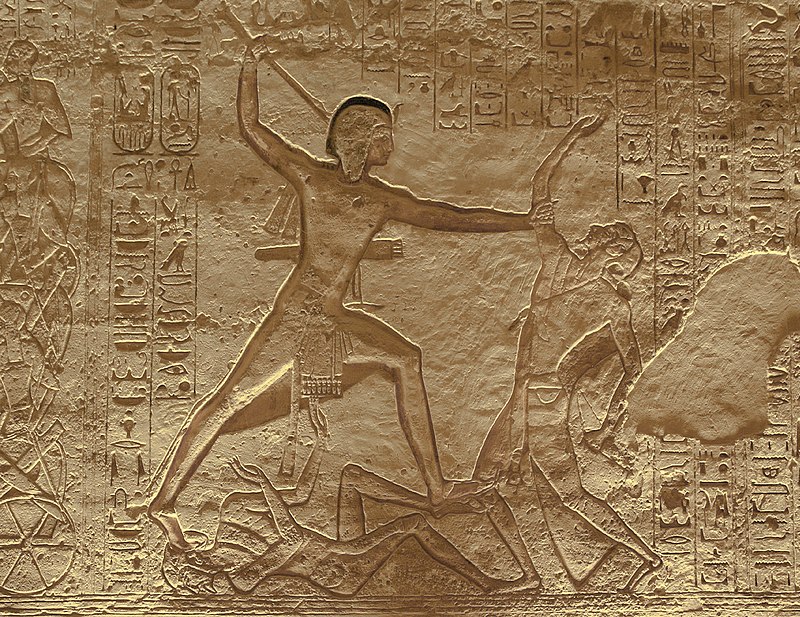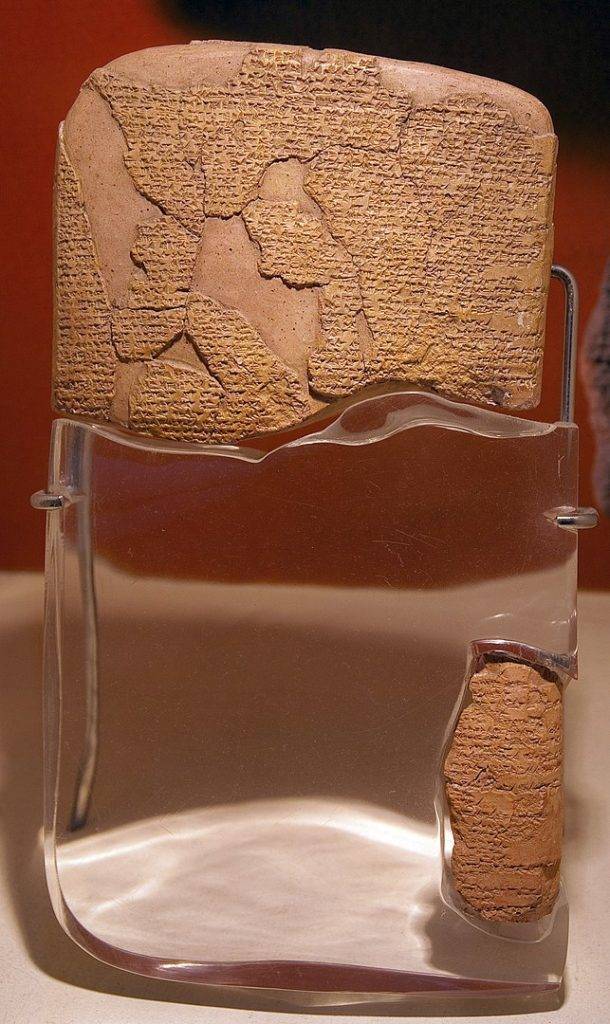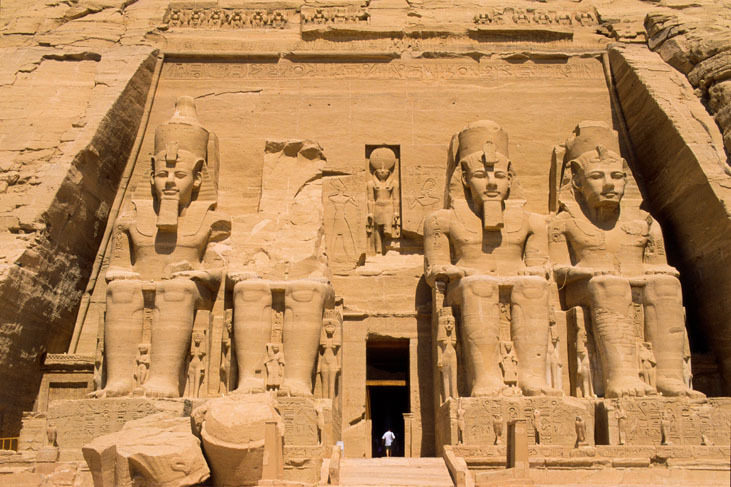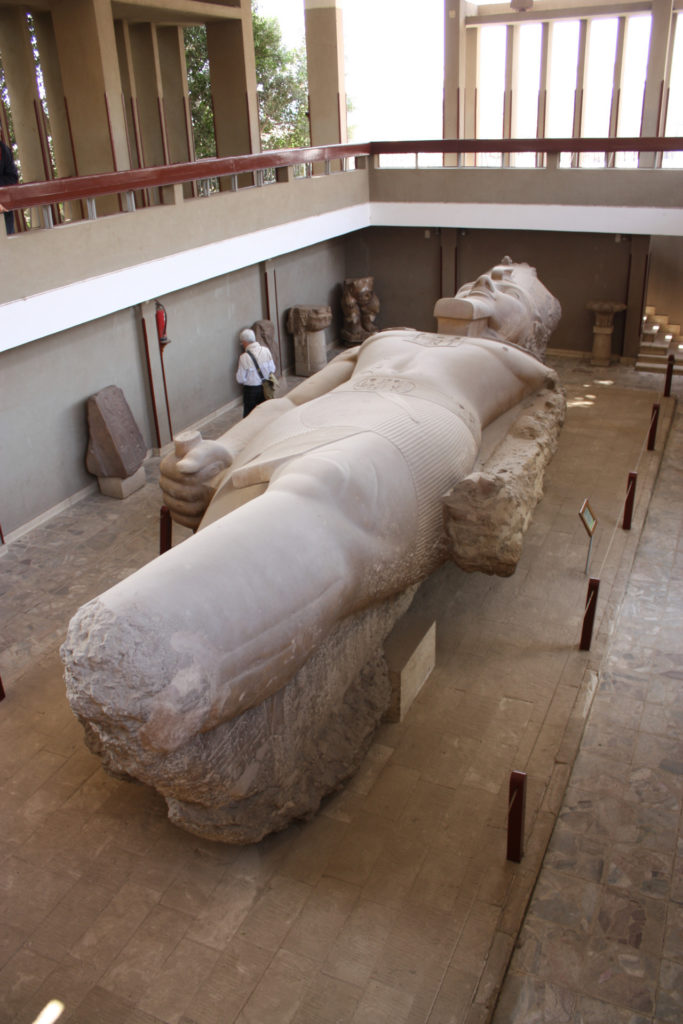Ramesses II
Ramesses the Great
Ramesses II (1279–1213 BC) was the third pharaoh of the 19th Dynasty, Ramesses was just 25 years old when he was anointed Pharaoh of Egypt after his father’s death in 1279 BC. He is well-known for having a commanding presence in the Egyptian army. As a result, he was able to conduct deadly wars against the Nubians, Syrians, Libyans, and Hittites in order to defend Egypt’s frontiers. Ramesses was ninety-six years old when he died, and he had almost 200 wives and concubines. His rule had lasted so long that when he died, all of his people had been born knowing Ramesses as pharaoh, and there was widespread fear that the world would end with his death. He had his name and accomplishments carved into stone from one end of Egypt to the other, and there isn’t a single ancient Egyptian monument that doesn’t mention Ramesses the Great. He conducted multiple excursions and was focused on achieving his objectives. This represented his ideal of a large nation, and he was dubbed “ruler of rulers” as a result. History aficionados refer to him as “Ramesses the Great” because of this.
Egypt was also at its pinnacle of strength and splendour during his rule. In 1281 BC, Ramesses captured the Sherden sea pirates who had become a major threat to the Ancient Egypt’s maritime business. (Grimal 1992, 250–253)

Ramesses resolved to put an end to this with an exemplary chivalry and great strategic plan. He posted ships and troops at critical points along the coast and patiently waited for the pirates to attack. As their boats approached nearer, they were skillfully caught by surprise in a fierce sea battle. (Tyldesley 2000, 53)

Despite a poor start, Ramesses II rose to become the greatest pharaoh of the New Kingdom, Ancient Egypt’s Golden Age, via diplomacy, a large building programme, and constant propaganda.
Luxor Tours & Activities
Looking to save some costs on your travel? Why not join a shared group tour to explore Luxor, Egypt? Here are some activities you might be interested in:

The Battle of Kadesh
They marched for two months until reaching a point where he felt secure in forming his army in battle formation for an attack on the city, and he waited for the others to come up with his Amun division and his sons. Two Hittite spies were apprehended at this time and tortured into divulging the whereabouts of the Hittite army, which they said was nowhere near the city. Ramesses II, reassured, abandoned his intentions for an immediate strike and ordered his division to encamp and await the arrival of the remainder of the army. The Hittite army, on the other hand, was only a mile distant, and the two spies had been dispatched on purpose.
The Hittites shouted out from behind the walls of Kadesh and struck as Ramesses II was setting up camp. The fight is documented in Ramesses’ writings, Poem of Pentaur and The Bulletin (Eva March Tappan, History of the World in Story, Song and art), in which he describes how the Hittites utterly overran the Amun division and shattered the lines. The Egyptian infantry was being slaughtered by the Hittite cavalry, and survivors were fleeing for their camp’s safety. Ramesses II, seeing his predicament, invoked his patron deity, Amun, and fought back.
When the Ptah division came, Ramesses II had just changed the tide of battle, and he swiftly ordered them to join him in the attack. He forced the Hittites to the Orontes River, where he slew many of them and drowned others who tried to flee. He hadn’t considered the consequences of his sudden charge, and he was now trapped between the Hittites and the river. At this time, all Muwatalli II had to do to win was bring his reserve men into combat, and Ramesses II and his army would have been crushed; but, the Hittite monarch did not do so for whatever reason. Ramesses II gathered his troops and drove the Hittites from the battlefield. He then claimed a tremendous triumph for Egypt by defeating his enemies in combat, but he was almost beaten and killed in the Battle of Kadesh. According to his own accounts, he was only able to turn the tide against the Hittites due to his own personal bravery and combat composure.

In the Poem of Pentaur and The Bulletin, Ramesses II immortalises his exploits at Kadesh, describing the fight as a brilliant triumph for Egypt, although Muwatalli II claimed victory as well, claiming that he had not lost the city to the Egyptians. After the Battle of Kadesh, Ramesses II of Egypt and Muwatalli II’s successor, Hattusili III (1237 BC), of the Hittite Empire signed the world’s first peace treaty. Following the Battle of Kadesh, Ramesses II focused on upgrading Egypt’s infrastructure, reinforcing its frontiers, and ordering large-scale construction projects to commemorate his triumph and other achievements.

Building activity and monuments
World renowned as a great builder, Ramesses II was vastly fascinated with architecture. During his 66 years long rule, he master-crafted and rebuilt many monuments, structures, and temples. The massive temples of Abu Simbel and Ramesseum are two of his most well-known creations. When it comes to scale, design, and intricacy, both of these monuments represent a new architectural style. Furthermore, the gigantic figure of Ramesses, which is shared by both temples, is a unique feature. The Abu Simbel temple was constructed in Nubia, Egypt’s southernmost province, and its beauty can still be seen today. At the entrance of Abu Simbel, there are four huge statues of Ramesses II, each measuring around 20 meters in height. The Ramesseum temple was built on the Nile River’s banks and served as Ramesses’ funerary temple. Apart from these temples, Ramesses also constructed Pi-Ramesses, the new ancient Egyptian capital. The city grew to include many massive temples, a gigantic royal complex, and excellent infrastructure as the King’s reign proceeded.

Death and burial
Ramesses’ reign came to an end in the same way that all wonderful things do. He was buried in KV7 in the Valley of the Kings on the western bank of Thebes. Ramesses was a strong leader and a powerful monarch who was lauded across the world for increasing and sustaining the Egyptian kingdom’s boundaries. Ramses had a magnificent burial chamber, similar to Queen Nefertari’s tomb, which is one of Ancient Egypt’s most recognised architectural masterpieces.
However, in order to keep the mummy secure from the thugs, it was relocated to an undisclosed location. In 1881, it was unearthed in a hidden royal stash in Deir el-Bahri. The famous pharaoh’s mummy was then sent to the Egyptian Museum in Cairo in 1885, where it remains as of 2007. The British Museum in London has a statue of Pharaoh Ramesses II known as the Younger Memnon. This statue, which dates from circa 1250 BC, shows him as a wise king and a legendary warrior.
F.A.Q
Ramesses II commanded the Egyptian army against various opponents during his time as pharaoh, including the Hittites, Syrians, Libyans, and Nubians. He enlarged Egypt’s dominion and fortified its boundaries against invaders… Ramesses would later arrange one of history’s first important peace treaties with the Hittites.
Ramesses II’s legacy, which he established as a warrior, diplomat, monument builder, and family man, altered the course of events in ancient Egypt and the Near East, and it is still felt today.
Ramesses II built the Abu Simbel temples, the Karnak hall, the Abydos complex, the Thebes Ramesseum (tomb complex), and hundreds of other structures, monuments, and temples. His reign is regarded by many historians as the apex of Egyptian art and civilization.
His body was first entombed in the Valley of the Kings, as was traditional for a pharaoh, but it was later relocated by ancient Egyptian priests to avoid looters. Ramesses II’s mummy, together with that of more than 50 other monarchs and nobles, was found in a hidden royal storehouse at Deir el-Bahri in 1881.
